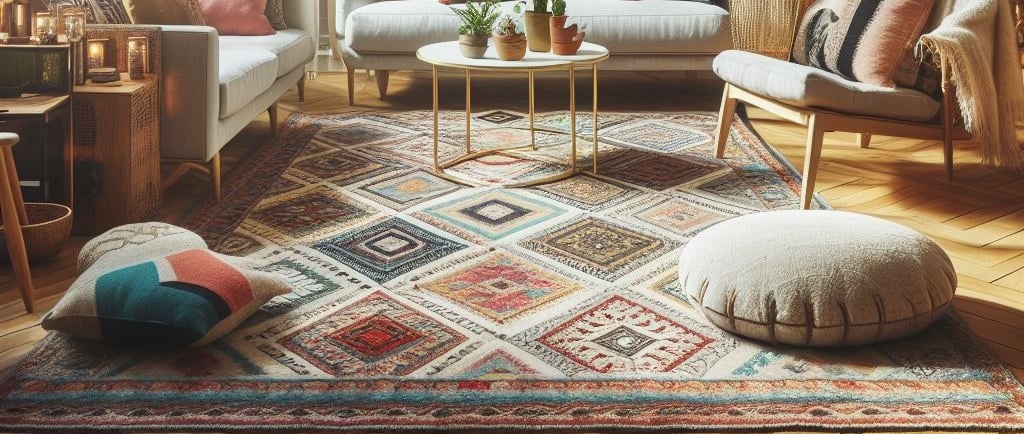The Versatility of Bespoke Rugs in Interior Design


When it comes to interior design, one element that often gets overlooked is the rug. However, bespoke rugs have the power to transform a space and tie together all the design elements. Custom rugs offer endless possibilities in terms of style, size, color, and pattern, making them a versatile choice for any interior design project. In this article, we will explore the different ways bespoke rugs can enhance various interior design styles and provide tips for integrating rugs into different spaces.
1. Contemporary Style
In contemporary interior design, clean lines, minimalism, and neutral color palettes are key. A bespoke rug can add warmth and texture to a contemporary space. Opt for a rug with a simple design and a subtle color scheme that complements the overall aesthetic. A monochromatic or geometric pattern can also work well in a contemporary setting.
2. Traditional Style
For a traditional interior design style, choose a bespoke rug that reflects the timeless elegance of the space. Persian or Oriental rugs with intricate patterns and rich colors are perfect for adding a touch of sophistication. Consider the size of the room and furniture placement when selecting the rug to ensure it complements the overall layout.
3. Bohemian Style
In a bohemian-inspired interior, the rug plays a central role in creating a cozy and eclectic atmosphere. Embrace bold colors, patterns, and textures when choosing a bespoke rug for a bohemian space. Moroccan rugs or kilims with vibrant hues and geometric patterns can bring a sense of adventure and cultural richness to the room.
4. Scandinavian Style
In Scandinavian interior design, simplicity, functionality, and natural materials are key. Opt for a bespoke rug in a light color, such as white or pastel shades, to create a sense of airiness and brightness. Natural fibers like wool or jute can add warmth and texture to the space, while a simple pattern or texture can enhance the overall Scandinavian aesthetic.
5. Transitional Style
Transitional interior design combines elements of both traditional and contemporary styles. A bespoke rug in a transitional space can bridge the gap between old and new, adding visual interest and harmony. Choose a rug with a mix of traditional and modern elements, such as a classic pattern with a contemporary color palette, to achieve the perfect balance.
Tips for Integrating Rugs into Different Spaces
- Consider the size of the room and furniture placement when selecting a rug. The rug should be proportionate to the space and fit comfortably under the furniture.
- Use rugs to define different areas within an open-concept space. A rug can visually separate the living area from the dining or kitchen area.
- Layer rugs for added visual interest. Mix and match different textures, patterns, and sizes to create a unique and personalized look.
- Choose rugs with durable materials and easy-to-clean fabrics, especially in high-traffic areas like the living room or hallway.
- Don't be afraid to experiment with different shapes. Round rugs can soften the edges of a square room, while a runner can elongate a narrow hallway.
In conclusion, bespoke rugs are a versatile and essential element in interior design. Whether you're aiming for a contemporary, traditional, bohemian, Scandinavian, or transitional style, a custom rug can enhance the overall aesthetic and bring a sense of warmth and personality to any space. By carefully selecting the right rug and considering its integration into different areas, you can create a harmonious and visually appealing interior design.
